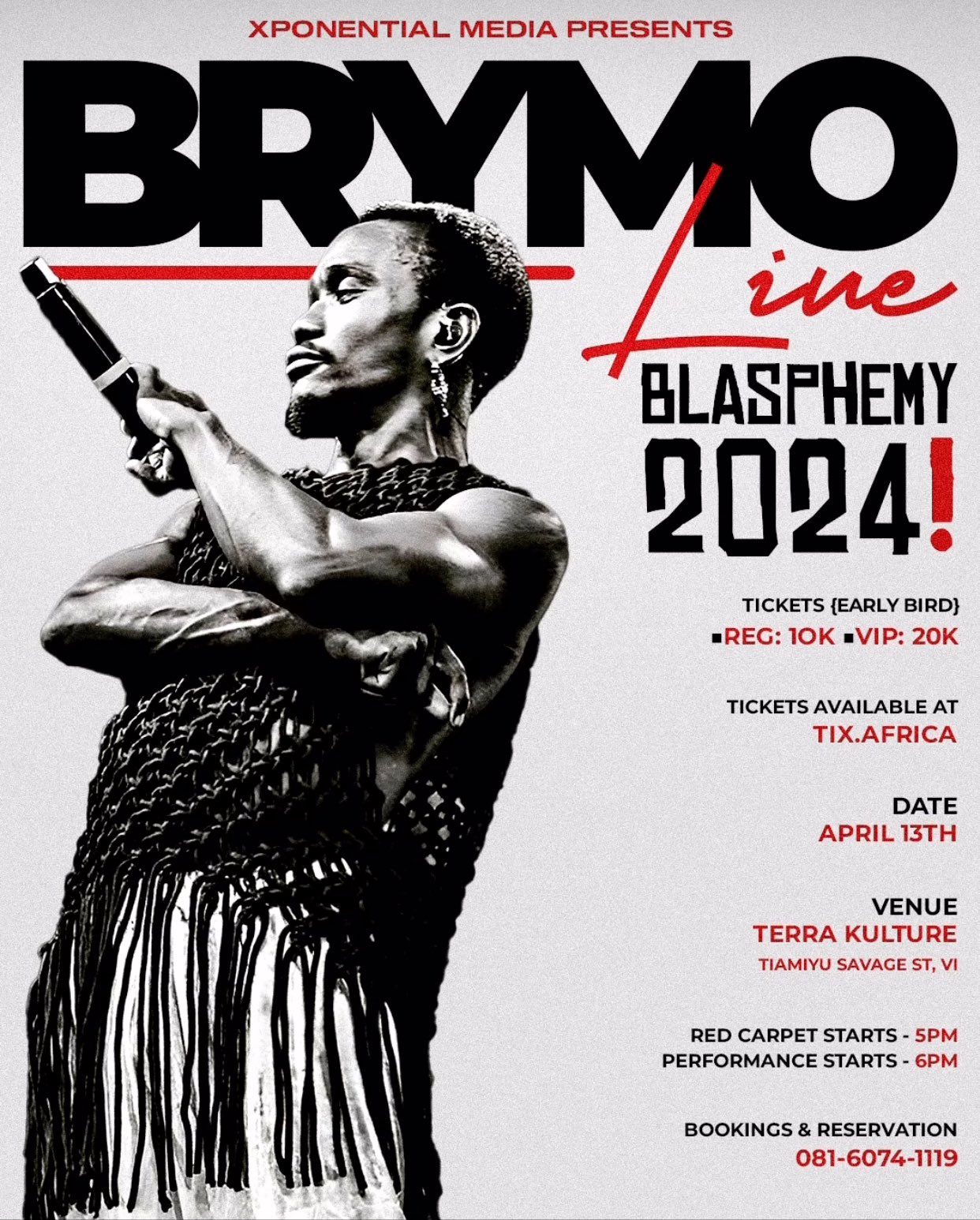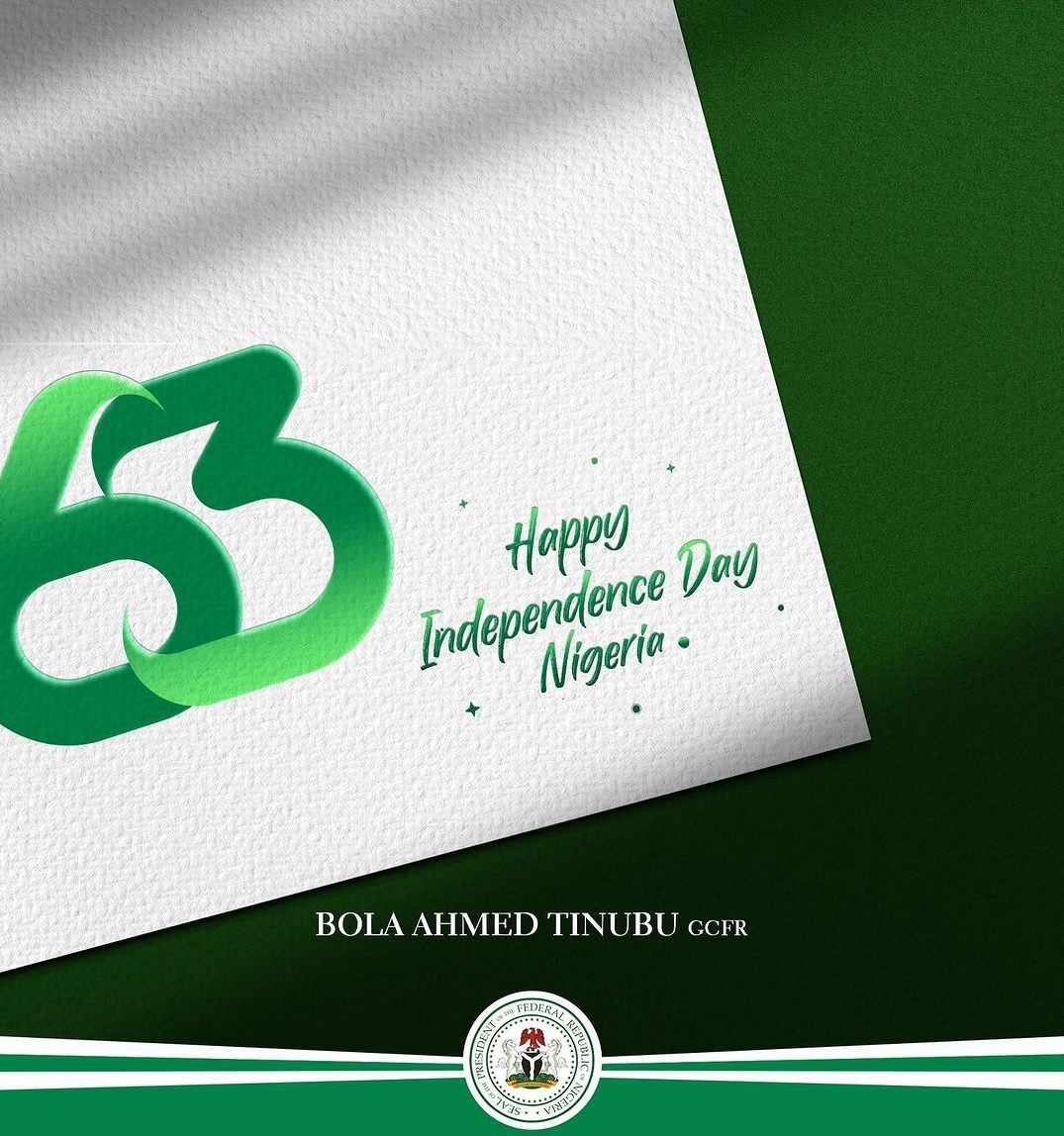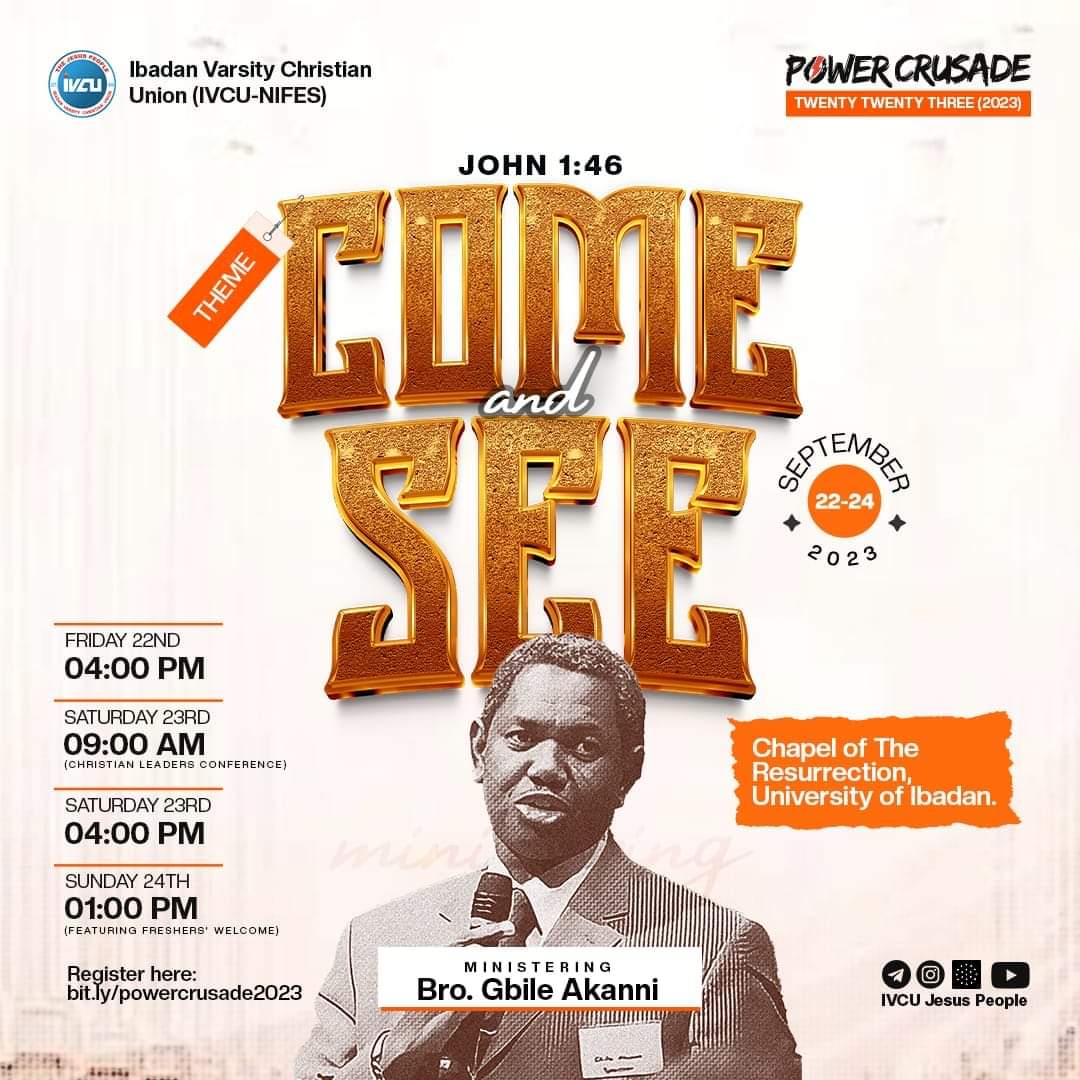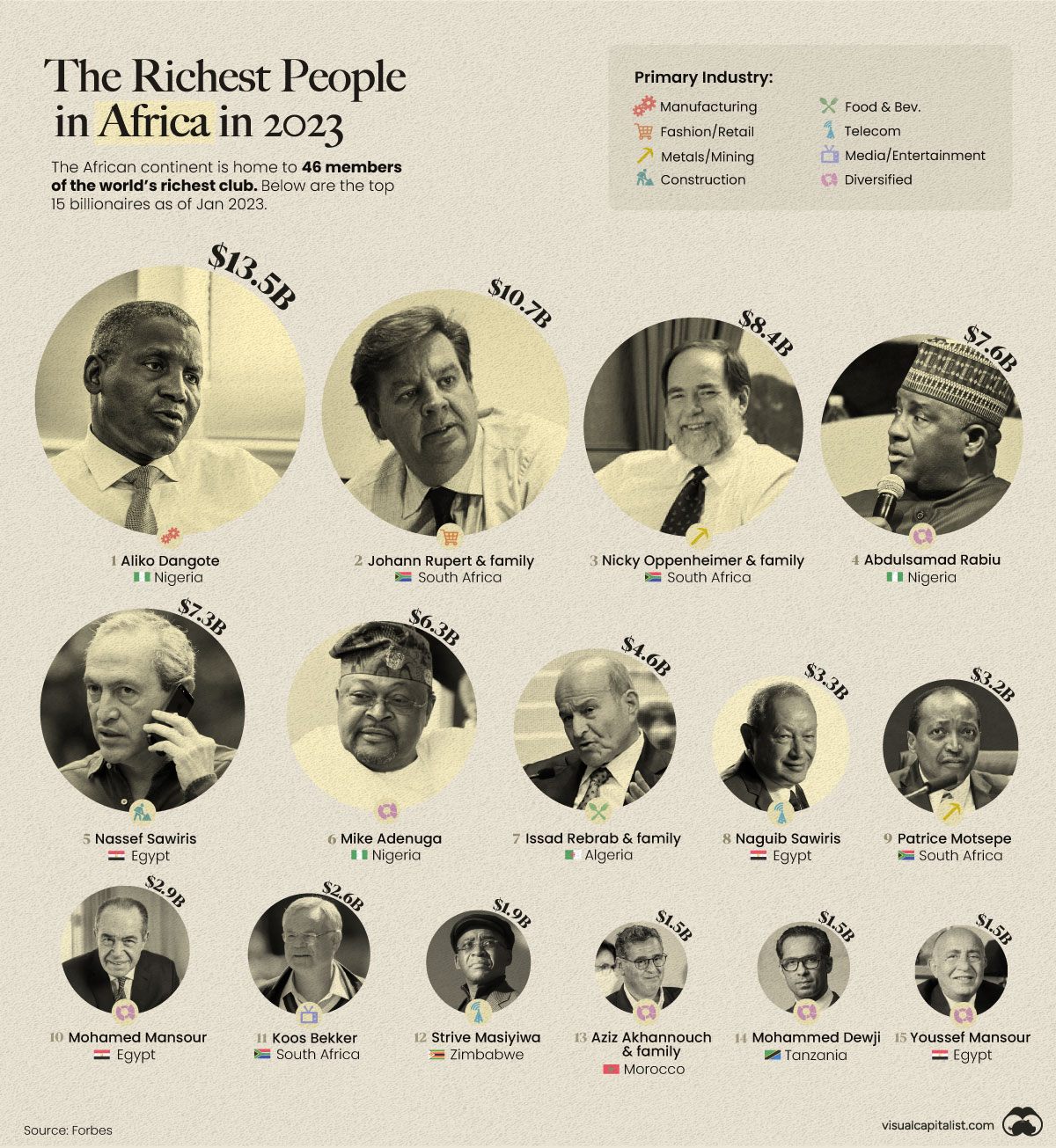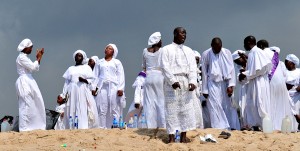
Aladura is the branch of Christianity in Nigeria inspired by the 1918 Pentecostal movement of Anglican lay leader, Joseph Sadare, D.O Odubanjo, I.O Sanya, J.A Babatunde, and their friends in faith from which indigenous independent “praying” churches took its root. “Aladura” is a Yoruba word meaning “praying people” accentuating the belief of early adherents in the power of prayers and immediate divine intervention. The movement marked the introduction of the charismatic in Nigerian Christianity and has been described to have sprang from the desire of the Yoruba Christians of the early 20th Century to experience true spirituality as against what was available in the orthodox establishments largely overseen by Europeans.
The Aladura movement began when in Ijebu Ode, a certain Gardner of the St. Saviour’s Anglican Church, fondly called Daddy Ali, suggested by his dream which he shared with church elders that people who replaced their faith in the healing power of God with medicine were in darkness. Spurred by this, Sadare had began prayer meetings together with Sophia Odunlami, and other people of like minds. The year’s influenza epidemic formed a subject towards which their new passion was directed. As faith increased, the movement, now called the Precious Stone Society began to preach against the use of western medications, indicating that afflictions such as influenza were the doing of witches, and should be met with spiritual solution. This with their rejection of infant baptism pitched them against the Anglican church to which many of them belonged. In 1922, the Aladuras broke away from the Anglican Church to align with the North American fundamentalist church, the Faith Tabernacle with similar doctrinal views. Their fellowship with the church in America made it possible for them to receive literature, but the Americans did not send missionaries to assist them. They were exposed to persecutions from leaders of the churches where they served individually but increased in influence especially with the Great Revival of 1930 led by Joseph Babalola, a young public works employee with spiritual convictions. Calls to the British to manage this precarious success of the movement was attended to with a proposition of merger but the use of blessed water and non-use of medications severed its relationship with the British Pentecostals. Influence of the British was removed and in 1940, the Christ Apostolic Church was formed, as an independent praying church; the most definitive and the biggest, for a long time, of the Aladura churches.
Praying group, though decentralised, shared certain identical features. They all believed in prayer, divine healing, of the baptism of the Holy Ghost, personal holiness, the pre-millennial return of Christ and the rejection of infant baptism. Many of them also avoided dancing, drumming, alcohol, mortgage loans, gambling and movement with non-Christians. The Church of the Lord, Aladura, founded by Josiah Ositelu, Moses Orimolade’s Cherubim and Seraphim Church and the Celestial Church of Christ are examples of the Aladura churches. Certain churches, apparently influenced more by the American Pentecostal culture such as the Deeper Life Bible church and the Redeemed Christian Church are sometimes classified as Aladura basically because of its roots in the older denominations.



